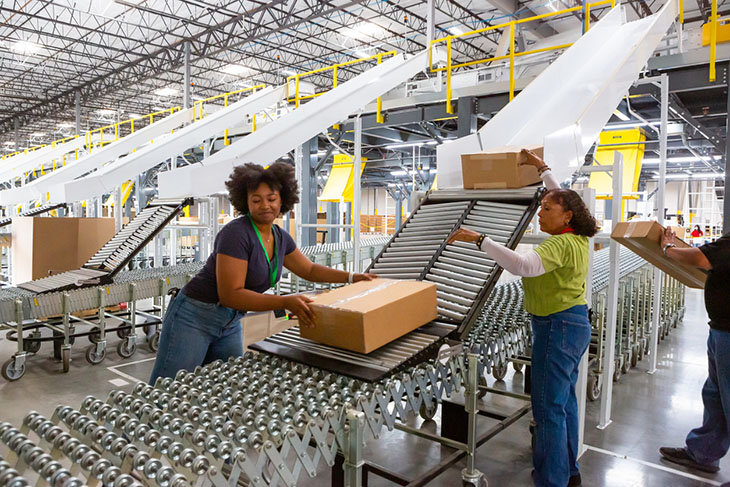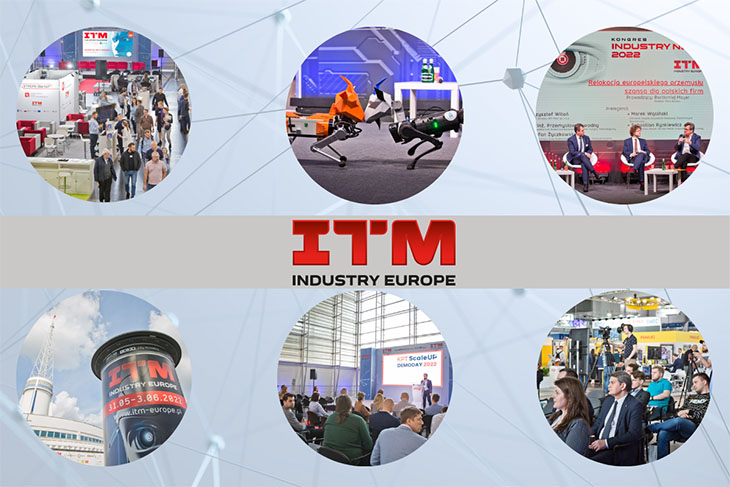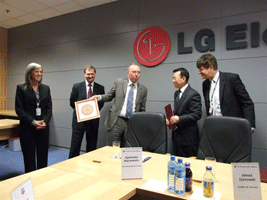Conveyor belts are instrumental in facilitating the streamlined movement of goods in manufacturing, logistics, and more. However, optimizing their use requires targeted actions to increase conveyor belt efficiency. Here are some practical options.
Install a Remote Monitoring Solution
Humans rely on a variety of information, including what they detect through their senses of smell and sound, to detect potential abnormalities with conveyor belt systems. However, by the time the symptoms become that obvious, they may be signs of a costly issue that could take days or weeks to resolve.
Using a remote monitoring system could improve conveyor belt efficiency by increasing awareness among everyone who uses the equipment. For example, position indicator sensors could confirm that the belt needs re-tensioning or a blade change before those issues cause prolonged shutdowns. Remote monitoring technology gives people the information they need to act quickly and prevent adverse events, even if those individuals are not on-site.
Some systems also automatically detect whether a conveyor belt has a load on it. When it does not, the blade pulls away from the belt. That’s a critical change because running an empty belt can shorten the blade’s life and harm the belt face.
Remote monitoring tech is also an essential part of a preventive maintenance strategy. Many systems can detect problems days before humans notice anything wrong. That extra time to address them can keep conveyor belts operating efficiently.
Investigate How Conveyor Belts Could Reduce Manual Labor
Succeeding with efforts to enhance conveyor belt efficiency requires taking a closer look at how a facility uses them. Is there a clearly identified reason to use a conveyor belt in a particular part of a factory? People should also examine that question in a different way by asking themselves if parts of a process could benefit from the addition of a conveyor belt.
Perhaps a company uses saws to cut materials. Including a conveyor belt in the sawing operations could accelerate the workflow by eliminating the manual labor needed to clear away the cut product from the work area.
When a conveyor works efficiently, it also promotes ergonomically friendly operations by reducing the bending and reaching a person might otherwise do when transferring products.
In a real-life example, a business invested in a conveyor and sortation system to cope with significant growth. Adding that technology changed the workflow for the better. The company experienced a 600% increase in sales growth in only eight years.
However, the conveyor and sortation system meant order pickers no longer had to move the products after retrieving them. That change led to a 400% improvement in receiving operations and a 250% increase in outgoing production.
It’s easier to measure and verify conveyor belt efficiency when people use the equipment to deal with persistent challenges. If people track what the company accomplished before using a conveyor belt versus what they can do with one, that’s a helpful way to quantify how and why the equipment was necessary.
Explore How to Manage Indentation Rolling Resistance
Researchers determined the energy efficiency of a conveyor belt has clear links to its indentation rolling resistance (IRR). The IRR is the primary resistance occurring during a conveyor belt’s stable operation when subjected to compression over pulleys and rollers. IRR ultimately introduces an opposing force on the system that moves the belt forward.
The research showed that thicker and stiffer belts could increase IRR and result in productivity reductions. Additionally, the findings confirmed that having belts made from specialized materials is particularly advantageous when the conveyor handles aggregate materials that are increasingly likely to cause belt tears or punctures due to their rough surfaces.
People must keep in mind that a conveyor belt has three forms of defense against such damage. The first is the rubber cover that’s the outermost layer. However, if something sharp gets past it, the next concern is the tear strength of the fabric underneath the rubber. It stops an initial hole in the rubber and fabric from becoming larger. Then, the belt’s tensile strength plays a role in preventing damage by keeping the load balanced.
Working with a belt specialist to have a product designed that meets a company’s precise needs could promote conveyor belt efficiency by preventing downtime caused by rough aggregate materials. It could also improve energy usage metrics and the overall lifespan of the belt.
Consider Motor Upgrades
Opportunities to increase conveyor belt performance also exist when people consider improving the motor. One possibility is to install a high-efficiency motor. These products often have improved tolerances and higher-quality materials to get the desired results. These components often have high upfront costs but pay for themselves over time.
Another option is to add a variable-frequency drive. Then, it’s possible to regulate the motor based on real-time production requirements. These drives vary the frequency and voltage of the alternating current powering the motors. That capability helps save energy over time.
The variation can also extend the conveyor belt’s overall lifespan. That’s another aspect that can justify the cost and effort associated with variable-frequency drives.
Improving Conveyor Belt Efficiency Requires a Thoughtful Approach
There are no guaranteed ways to boost conveyor belt efficiency. The results largely depend on aspects like a company’s goals, the resources put towards those aims, and the specifics associated with the conveyor belt’s environment and the products moved on it.
However, the suggestions here will encourage decision-makers to ponder what steps they could take to enhance conveyor belt performance over the short and long term. No matter which approaches they use, succeeding requires people throughout the organization to understand their role in ensuring conveyor belts maintain trouble-free operation.























